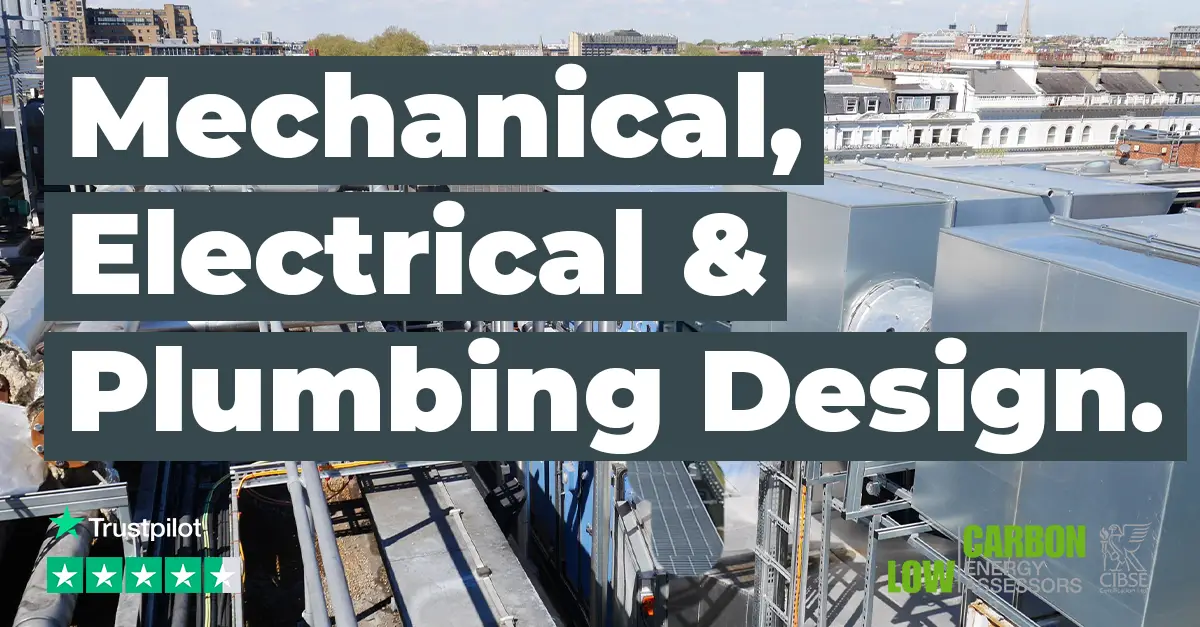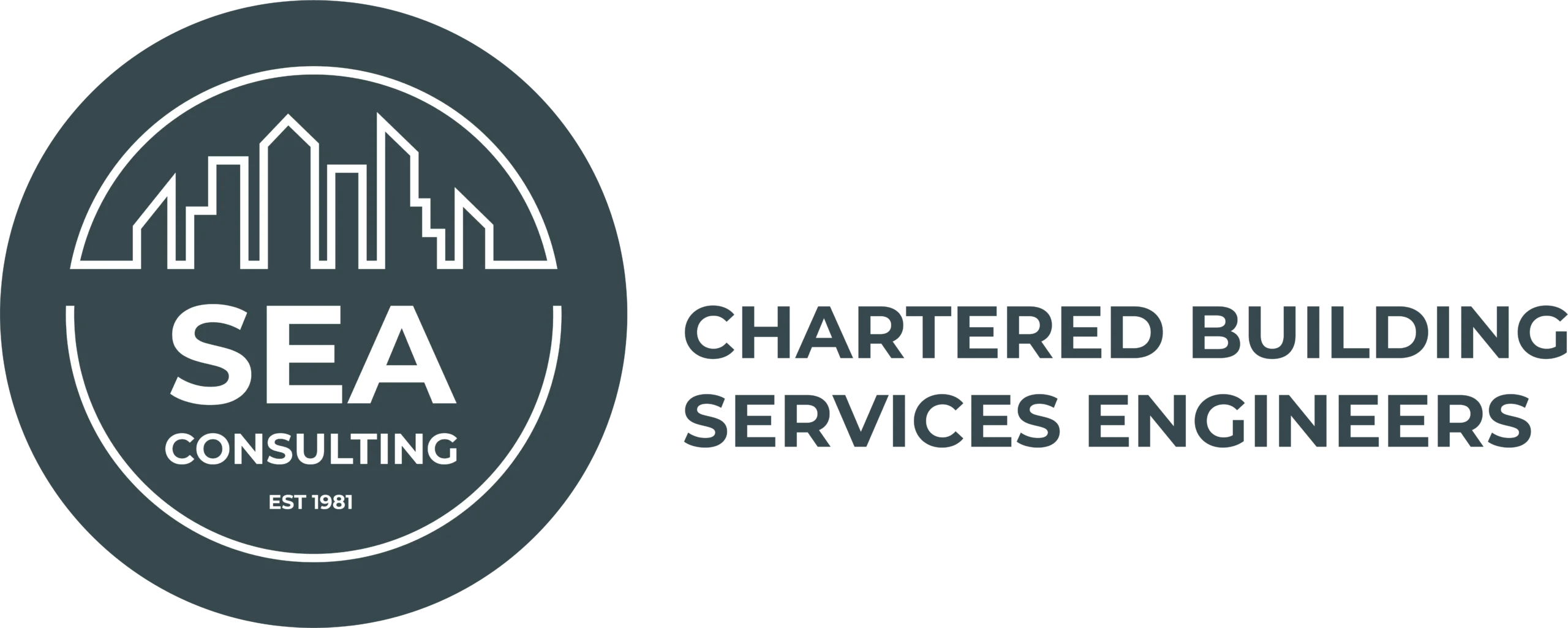Sustainability isn’t a trend—it’s the new standard. As environmental concerns grow and regulations tighten, integrating sustainable practices into MEP design is no longer optional. Here’s how modern MEP engineers are creating eco-friendly, energy-efficient systems.

1. Energy-Efficient HVAC Systems
HVAC accounts for the majority of a building’s energy use. High-efficiency heat pumps, variable refrigerant flow (VRF) systems, and energy recovery ventilators (ERVs) significantly reduce energy consumption.
Tip: Use HVAC zoning to avoid over-conditioning unused spaces and implement smart thermostats for better control.
2. Renewable Energy Integration
Photovoltaics (solar panels), solar thermal systems, and geothermal energy can offset a significant portion of a building’s energy needs.
Tip: Combine on-site generation with battery storage for better energy resilience and cost savings during peak load times.
3. Water Conservation in Plumbing Design
Low-flow fixtures, dual-flush toilets, and greywater reuse systems drastically reduce water consumption.
Tip: Consider rainwater harvesting for irrigation or toilet flushing, especially in regions with water scarcity or high utility costs.
4. Building Automation for Sustainability
Automated lighting, HVAC, and shading systems not only improve occupant comfort but reduce energy use.
Tip: Integrate automation with occupancy sensors, daylight sensors, and predictive weather inputs for optimal performance.
5. Sustainable Materials and Insulation
Use non-toxic, recycled, and locally sourced materials for piping, ductwork, and insulation to reduce embodied carbon.
Tip: Choose insulation with high R-values and minimal environmental impact (e.g., mineral wool or cellulose over traditional fiberglass).

Sustainable MEP design is not just good for the planet—it’s good business. Lower operational costs, regulatory compliance, and increased property value all result from green design. MEP engineers who embrace eco-friendly practices are leading the way in building the future.

